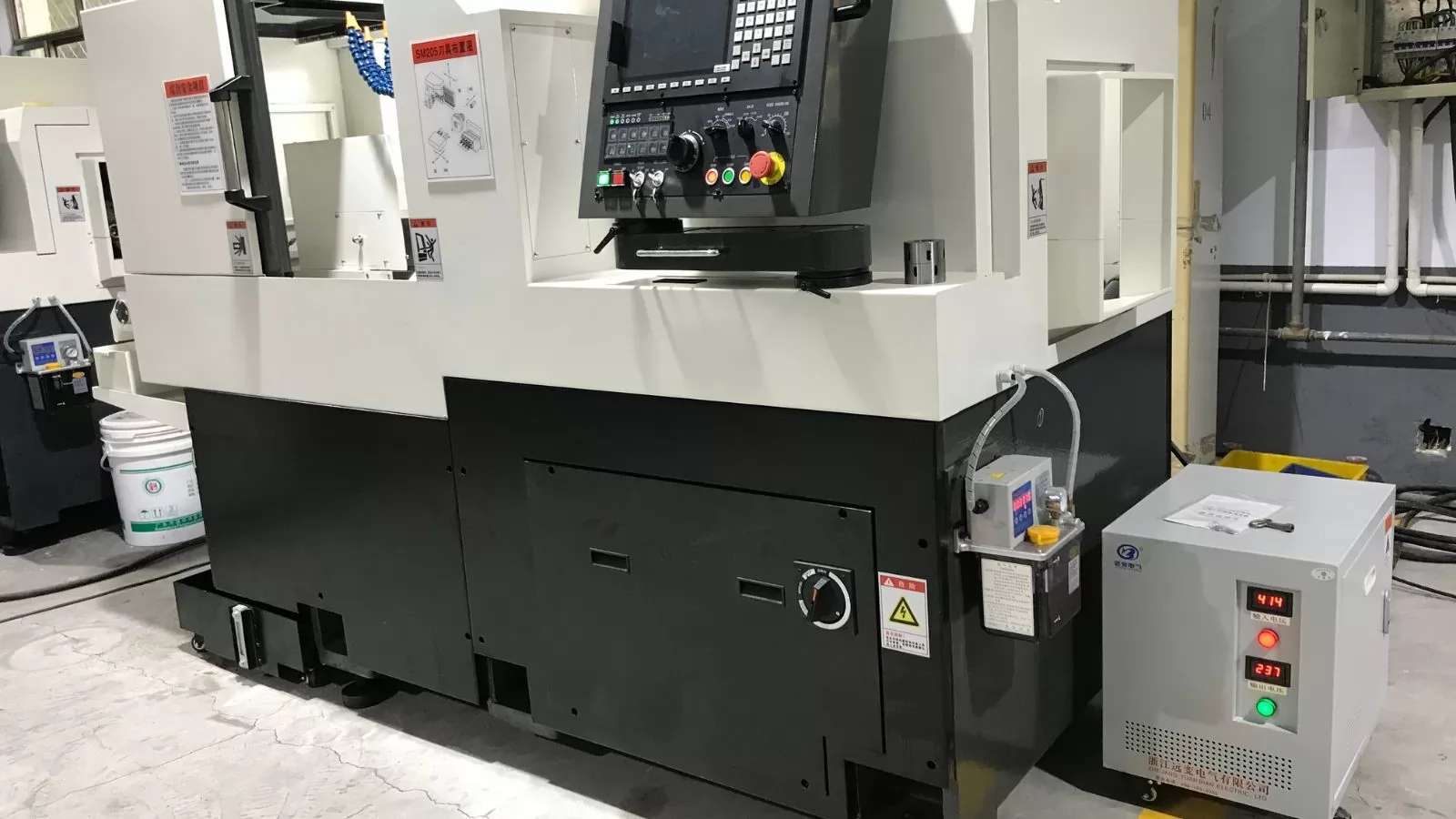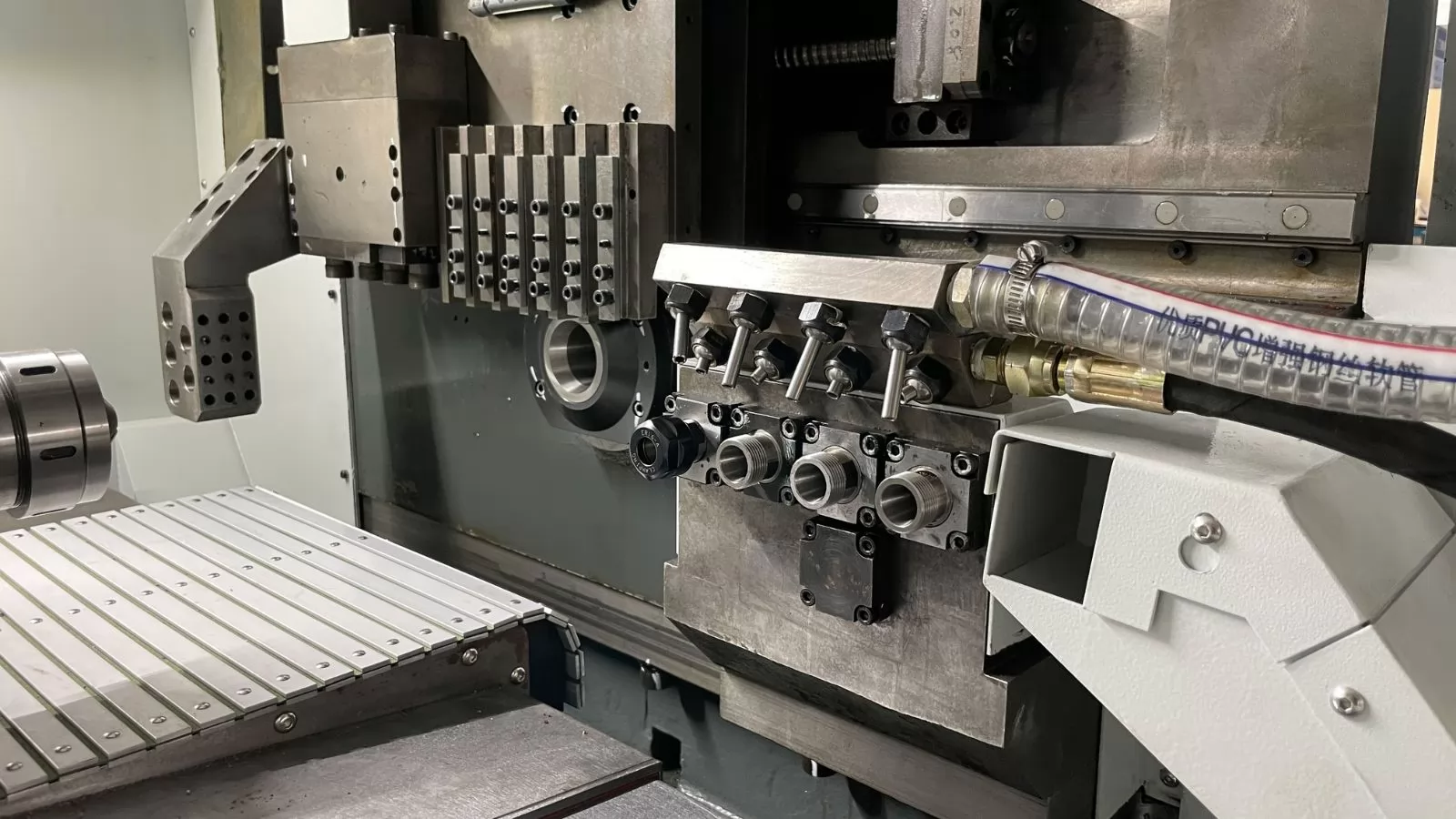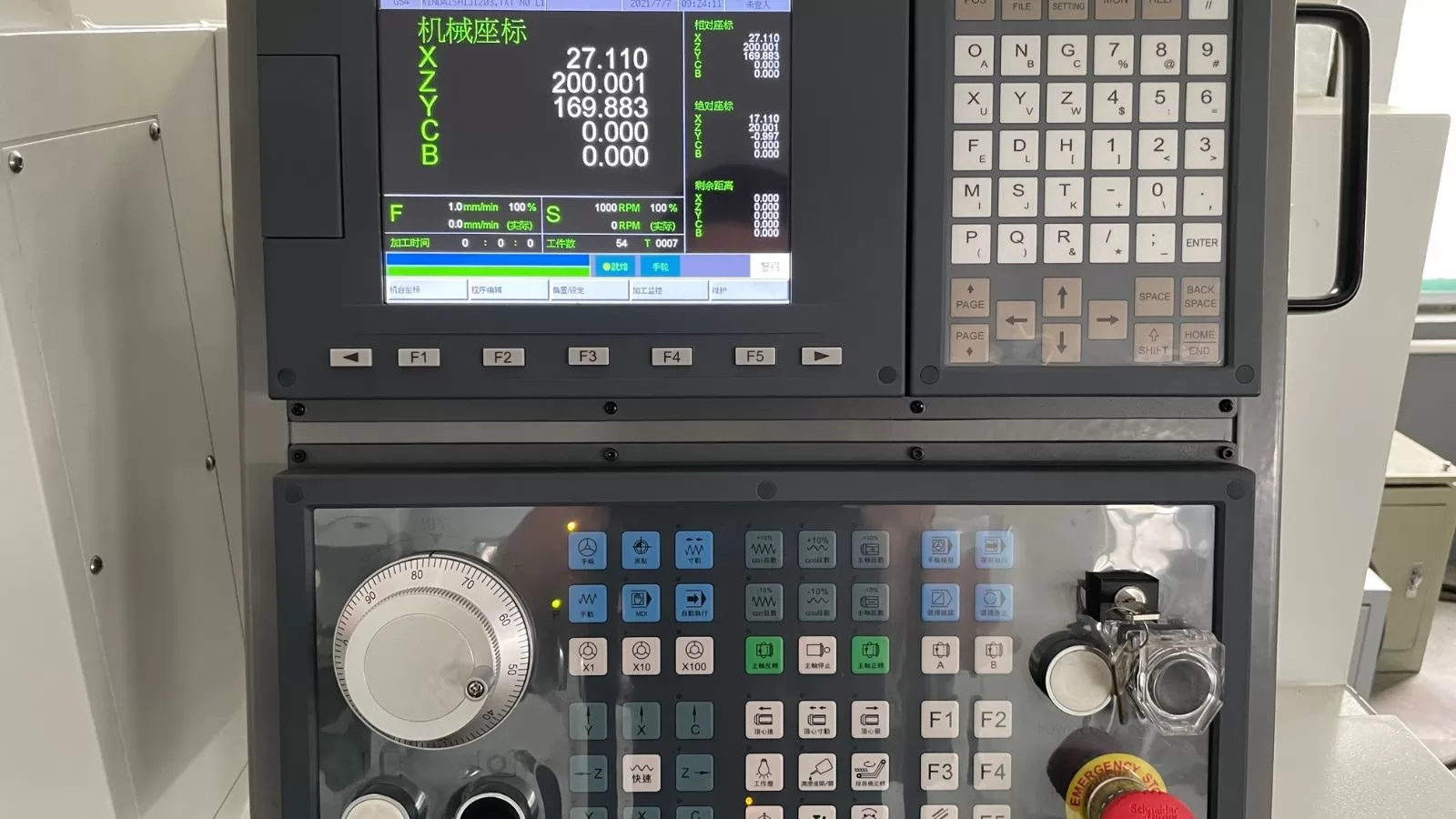Table of Contents
- Introduction
- Key Characteristics and Functionality
- Applications of CNC Swiss Lathes
- Advantages of CNC Swiss Lathes
- How a CNC Swiss Lathe Works
- Choosing the Right CNC Swiss Lathe
- Conclusion
Introduction

A CNC Swiss Lathe (also known as a Swiss type lathe or Swiss automatic lathe) is a high-precision, computer numerical controlled (CNC) machine tool designed for efficiently producing small, intricate parts with extremely tight tolerances. These advanced machines are renowned for their ability to handle complex geometries and deliver exceptional accuracy, making them a cornerstone in industries requiring precision manufacturing.
The origins of Swiss lathes trace back to Switzerland in the 19th century, where they were developed for crafting precise watch components. Today, modern CNC Swiss lathes, such as those offered by Haisen, combine cutting-edge technology with this legacy of precision to meet the demands of high-volume production. Their unique design and capabilities make them ideal for creating small, intricate parts used in various high-tech industries.
Key Characteristics and Functionality

-
Sliding Headstock and Guide Bushing
Unlike traditional CNC lathes where the workpiece rotates in a fixed position, a CNC Swiss lathe utilizes a sliding headstock that moves the material (typically bar stock) along the Z-axis. A crucial component is the guide bushing, which firmly supports the bar stock near the tooling area. This design minimizes material deflection and vibration, ensuring high accuracy, especially when machining long, slender parts.
-
Multiple Axes
CNC Swiss lathes often feature more axes of motion compared to conventional lathes, commonly ranging from 5 to 13. This allows for greater flexibility and the ability to perform multiple operations simultaneously.
-
Simultaneous Operations
Many Swiss lathes can perform various machining operations (turning, drilling, milling, threading, etc.) concurrently using multiple tool stations, significantly reducing cycle times and the need for secondary operations.
-
Automatic Bar Feeders
Modern Swiss lathes are often equipped with automatic bar feeders that continuously supply raw material, facilitating uninterrupted production runs.
-
High Precision and Tight Tolerances
The sliding headstock and guide bushing system, combined with CNC control, enable Swiss lathes to achieve exceptional precision and accuracy, producing parts with tolerances as tight as 0.0002 inches.
-
Material Versatility
These machines are capable of machining a wide variety of materials, including various metals (steel, stainless steel, aluminum, brass, titanium, etc.) and some plastics.
Applications of CNC Swiss Lathes
CNC Swiss lathes are essential in industries that require high-volume production of small, complex components with demanding precision, such as:
- Medical: Surgical instruments, implants, and other medical devices.
- Aerospace: Small connectors, fasteners, and intricate parts for aircraft and spacecraft.
- Electronics: Miniature connectors, pins, and sensor housings.
- Watchmaking: Intricate gears, springs, and other tiny components.
- Automotive: Fuel injectors, sensors, and valves.
In summary, a CNC Swiss lathe is a specialized and highly efficient machine designed for manufacturing small, intricate parts with exceptional precision and speed, primarily through its unique sliding headstock and guide bushing system that minimizes deflection and allows for simultaneous machining operations.
Advantages of CNC Swiss Lathes
CNC Swiss lathes offer several advantages that make them a preferred choice for precision manufacturing:
- Enhanced Precision: The guide bushing and sliding headstock design reduce vibration and deflection, ensuring consistent accuracy even for long, slender parts.
- Reduced Cycle Times: Simultaneous machining operations allow for faster production, minimizing the need for multiple setups or secondary processes.
- High-Volume Efficiency: Automatic bar feeders enable continuous operation, ideal for large-scale production runs.
- Versatility: Capable of handling a wide range of materials and complex geometries, making them suitable for diverse applications.
- Cost Efficiency: By reducing setup times and secondary operations, Swiss lathes lower production costs, especially for high-precision parts.
These advantages make CNC Swiss lathes, such as those manufactured by Haisen, an invaluable asset for businesses aiming to produce high-quality components efficiently.
How a CNC Swiss Lathe Works

The operation of a CNC Swiss lathe is distinct from traditional lathes due to its unique design. The process begins with a bar of raw material fed through the guide bushing, which is mounted close to the cutting tools. The sliding headstock moves the material along the Z-axis, allowing precise control over the machining process. As the material is fed through the guide bushing, it is supported near the cutting point, reducing flex and ensuring high accuracy.
The CNC system controls multiple axes, enabling the machine to perform various operations simultaneously. For example, while one tool is turning the outer diameter of a part, another may be drilling a hole or milling a feature. This multitasking capability significantly reduces production time. Additionally, automatic bar feeders ensure a continuous supply of material, allowing for long, uninterrupted production runs.
Haisen’s CNC Swiss lathes are equipped with advanced CNC controls, enabling operators to program complex tool paths and achieve precise results. The combination of the guide bushing, sliding headstock, and multi-axis control makes these machines ideal for producing intricate parts with minimal waste.
Choosing the Right CNC Swiss Lathe
Selecting the right CNC Swiss lathe for your manufacturing needs requires careful consideration of several factors:
- Production Volume: For high-volume production, choose a lathe with automatic bar feeders and multi-axis capabilities to maximize efficiency.
- Material Type: Ensure the lathe can handle the materials you work with, such as stainless steel, titanium, or plastics.
- Part Complexity: Complex parts with intricate geometries require lathes with multiple axes and simultaneous machining capabilities.
- Tolerance Requirements: For parts with extremely tight tolerances, prioritize machines with advanced guide bushing systems and high-precision controls.
- Brand Reliability: Choose a reputable manufacturer like Haisen, known for producing durable, high-performance CNC Swiss lathes.
By evaluating these factors, businesses can select a CNC Swiss lathe that aligns with their production goals and delivers consistent, high-quality results.
Conclusion
CNC Swiss lathes are a cornerstone of precision manufacturing, offering unparalleled accuracy, efficiency, and versatility for producing small, intricate parts. Their unique sliding headstock and guide bushing design, combined with multi-axis control and simultaneous machining capabilities, make them ideal for industries like medical, aerospace, electronics, watchmaking, and automotive. By reducing cycle times, minimizing waste, and achieving tight tolerances, these machines help businesses meet the demands of high-volume, high-precision production.
For businesses seeking reliable and high-performance CNC Swiss lathes, Haisen offers advanced solutions tailored to modern manufacturing needs. To explore Haisen’s range of precision machining tools, visit https://www.hs-machinetools.com/ and discover how their machines can elevate your production capabilities.



